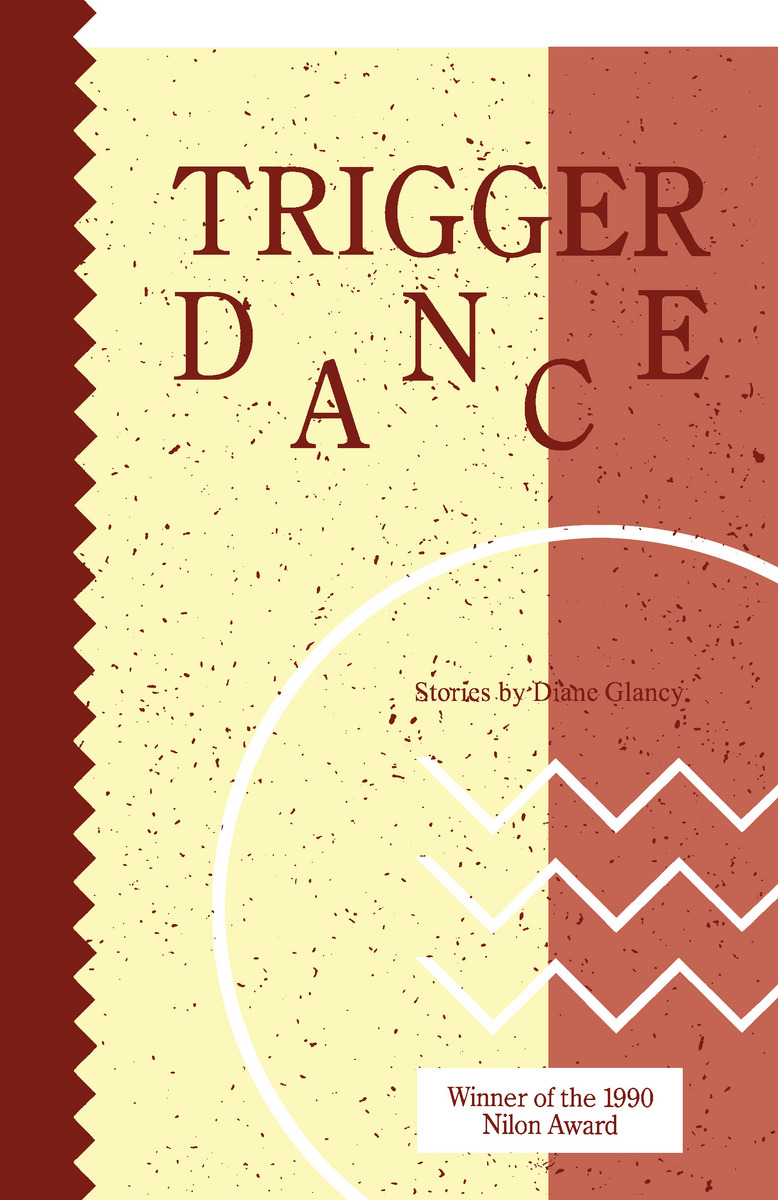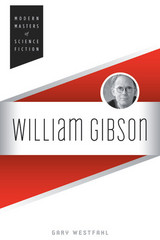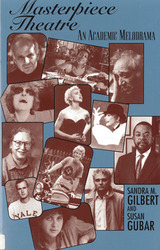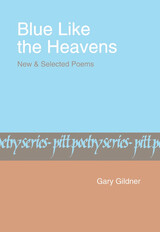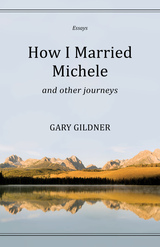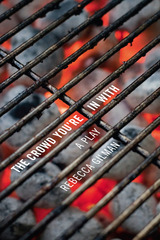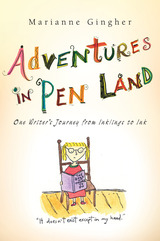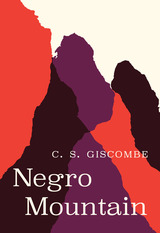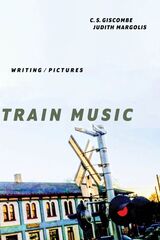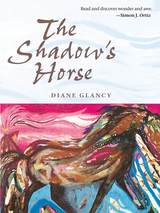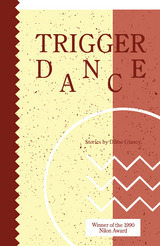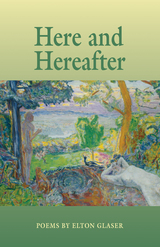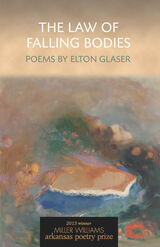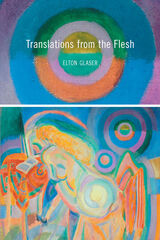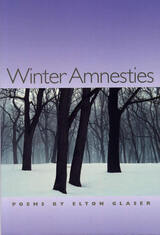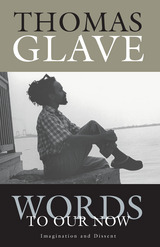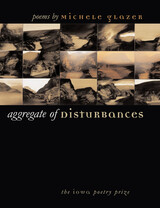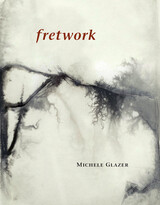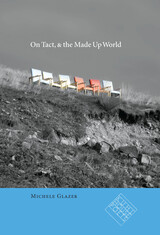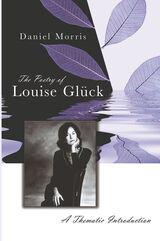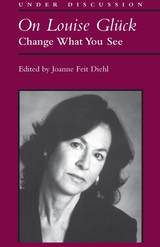eISBN: 978-1-57366-858-3 | Paper: 978-0-932511-36-2 | Cloth: 978-0-932511-35-5
Library of Congress Classification PS3557.L294T7 1990
Dewey Decimal Classification 813.54
1990 Winner of the Mildren P. Nilon Award for Minority Fiction
In Trigger Dance, her first collection of stories, Diane Glancy takes us to uneasy places where both the environment and the characters are at risk, where even the animals grieve. Sometimes the author's voice, sometimes the voices of the characters, tell us about their migrations, symbolic or literal. Diane Glancy's characters walk in two worlds and try to build a middle ground between white and native cultures. They are the offspring of those who survived the Trail of Tears. Some of the young men dance at powwows in tune with the dead. Filo and Parnetta buy a fridge at the Hardware Store on Muskogee Street, in Tahleqah, Oklahoma. Farther west, near Chickasha, Keyo can't read, while Joseph Sink, an Indian hermit, learns a word a day. Anna America remembers her shortcomings as a mother and her hard life as she waits in the Northeastern Cherokee County Shelter for her wings to unfold so she can leave this earth. In the title story, Roan mourns the fact that human beings have the power to destroy the earth. He's astonished that creation and cremation could be so closely linked. Even his father, when he feels death approach, demands to be cremated because "it's autumn in outer space." Roan's final vision in the sweat lodge is of the air red as leaves. He admonishes his people to be strong and responsible, to acknowledge that life is a sizeable endeavor. it.
See other books on: Fiction | Glancy, Diane | Indians of North America | Short Stories (single author)
See other titles from University of Alabama Press
